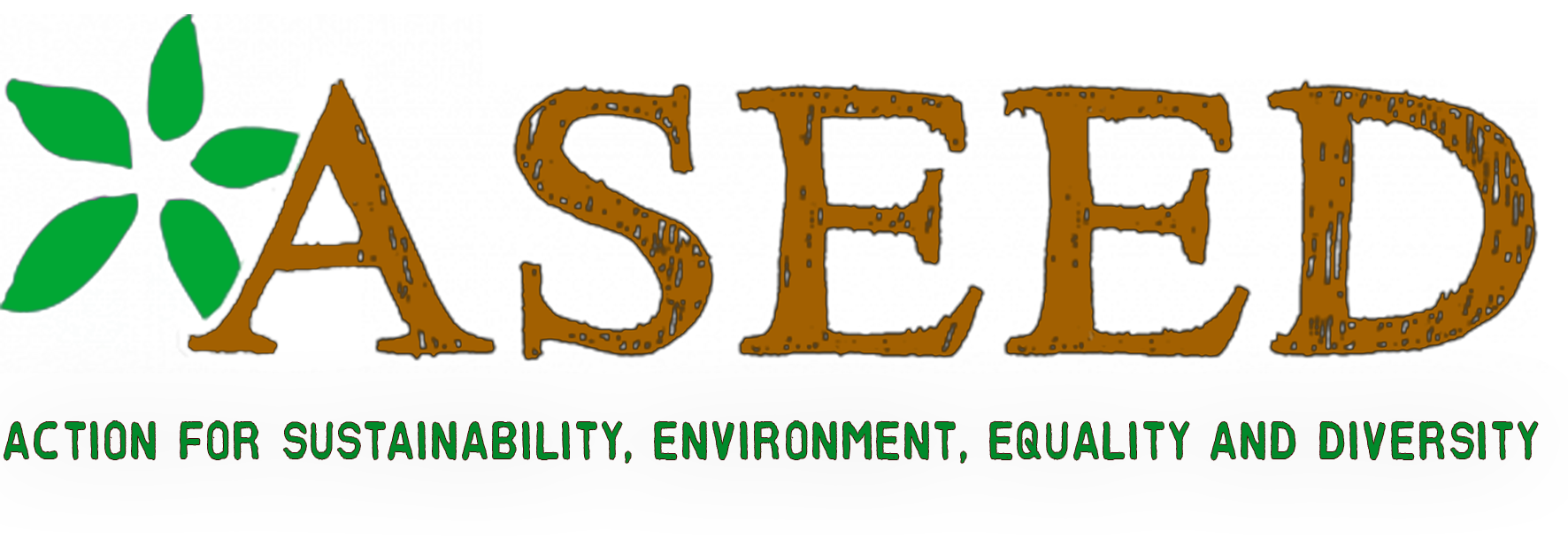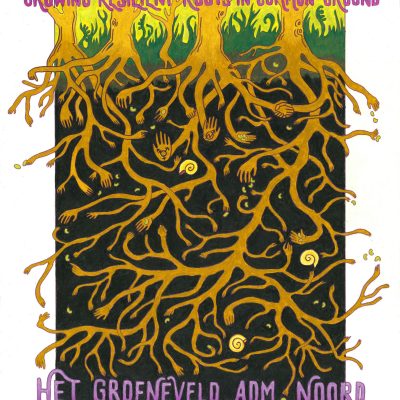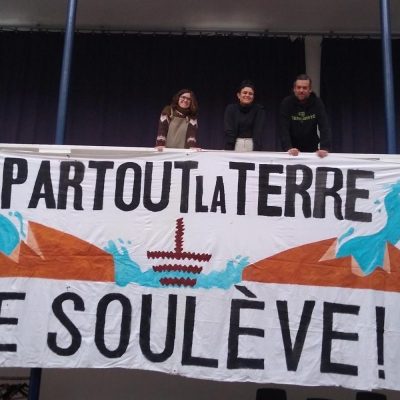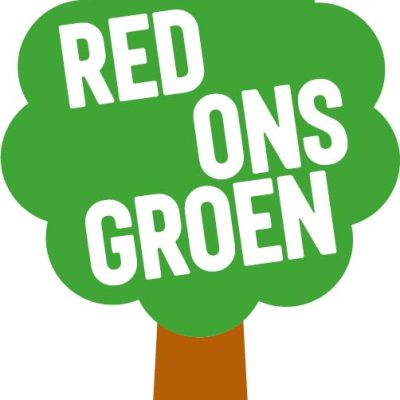On the 30th of October, ASEED organised a reading group on the topic of direct action: non-violence and diversity of tactics. The evening was very inspiring and filled with new insights. Thank you to everyone who joined and contributed. The first two chapters of Peter Gelderloos’ book “How nonviolence protects the state”, and chapter 13,14, 16, 21 and 21 from the Extinction Rebellion (XR) handbook: “This is not a drill” constituted the base of our fruitful discussions of which we will outline just a few here.
What is violence / non-violence?
Both texts talked about (non) violence as tactics for activism. Peter Gelderloos states that non-violence is not the only way of activism which should be seen as applicable and therefore advocates for a diversity of tactics, “meaning effective combinations drawn from a full range of tactics that might lead to liberation from all the components of this oppressive system: white supremacy, patriarchy, capitalism, and the state. We believe that tactics should be chosen to fit the particular situation, not drawn from a preconceived moral code”, Peter Gelderloos. On the other hand the XR handbook states that only non-violence should be used in (their) activism. One reason mentioned here for a strict nonviolent practice was that by using violence one might risk to be perceived as this violent bunch of people only, instead of being taken seriously about the demands behind the violent action. But what is (non)-violence actually?
Gelderloos does not want to give a definition of violence, because he believes that violence is context specific hence does not want to make universal claims about what violence / nonviolence is. He says that this clear dichotomy of violence vs. nonviolence is toxic as it can create ‘othering’ of people within activist movement. Instead it should be perceived as a spectrum in which some tactics are more violent than others. Someone within the group gave the definition “violence is the force against living beings”.
During the reading group we also talked about who it is that decides when it is violent/non-violent. The media has the power to portray certain actions as violent and others as non-violent, but this does not per se reflect on the reality. For example, the the action group Kick-out zwarte Piet often is totally non-violent, though often presented in the media as if they are not. For this fear of the media, it is argued by some people that actions should always be non-violent in order to keep the media from misrepresenting the whole group as violent.
Where is the line? When is it necessary to use violence? How can you justify violence in these particular situations?
Both texts did not explicitly say when it would be applicable to use violent strategies. Peter Gelderloos argues that this is again context specific while the XR text promotes non-violent tactics only. While exchanging our ideas about our own understanding of the situations in which violence could potentially be justified, some interesting thoughts came up. Namely, some people stated violence could be tolerated against objects such as infrastructure, whereas they rejected violent approaches towards humans/living beings. One person brought up Noam Chomsky, who said that “all non-violence has to be exhausted before using violence”. Most people though, found it difficult to say when it is desirable to use violence and if at all. This is perceived as an especially difficult decision to take when it comes to environmental struggles.
On the contrary, in situations of immediate threat through weapons, such as the current situation Rojava for example, it was argued that it is more obvious that violent resistance is needed to assure the safety of innocent civilians. But when it comes to environmental struggles, the threat is not visualised through a weapon but perhaps through big companies which are responsible for the majority of global greenhouse emissions. This way the threat is somehow more abstract and therefore makes it more difficult to justify violent actions. Even though the immediate threat is happening in this very moment: draughts, floods, storms, widespread heat waves, just to mention a few of the disastrous consequences of climate change, already leading to massive threats of food security and shelter, hence survival of the people living there. But this is mostly not the case in the global west. Clearly emphasising the need of the term climate injustice vs merely climate change.
We also discussed examples from history in order to make up our minds about which tactics are successful. After talking about independence of India from British colonial rule, the civil rights movement of the 1960s, and the peace movement during the war against Vietnam it occured that it is hardly possible to give isolated credit to the success of a nonviolent action / revolution since often many different movements, tactics and forms of pressure in the background played a significant role in eliciting the desired change.
Also the following question came up during the last session: What if I’m personally non-violent but I want to support diversity of tactics? In discussing these themes, it came up there is a broad spectrum of support. Helping in a violent action does not necessarily mean that one has to take on roles involving violence. When people think about Activism often people think about the people on the frontline, the ones getting arrested etc. But there are so many different roles within (violent) action, such as legal support, preparing food, organising the action etc. All these roles contribute to a successful action and these roles need recognition. We should also keep in mind that some people cannot afford or are not able to be in certain roles. Therefore it is important to not forget your privilege for being able to do certain actions.
Next to that it was mentioned that it is important to the ask the question ‘What do you block/ what place do you target? When doing civil disobedience, a big aim is to get attention. Therefore, sometimes locations of the actions are chosen, so that it gets a lot of media attention. But at the same time it is very important that actions choose their targets well. It should not target the disadvantaged. Blocking for example a metro in disadvantaged neighborhoods is problematic since it targets the people who are already suffering from injustices.
All in all we had a very interesting reading group with lots of different perspectives. Both books offer different views on whether non-violence is effective or not. But since it is not very clear what counts as non-violent and violent behavior, approving one or the other tactic as ‘the way to go’ is maybe not desirable. This very dichotomy is maybe not helping us out in the end.
“Each of us must find our work and do it. Militancy no longer means guns at high noon, if it ever did. It means actively working for change, sometimes in the absence of any surety that change is coming. It means doing the unromantic and tedious work necessary to forge meaningful coalitions, and it means recognizing which coalitions are possible and which coalitions are not. It means knowing that coalition, like unity, means the coming together of whole, self-actualized human beings, focused and believing, not fragmented automatons marching to a prescribed step. It means fighting despair.” – Audre Lorde








